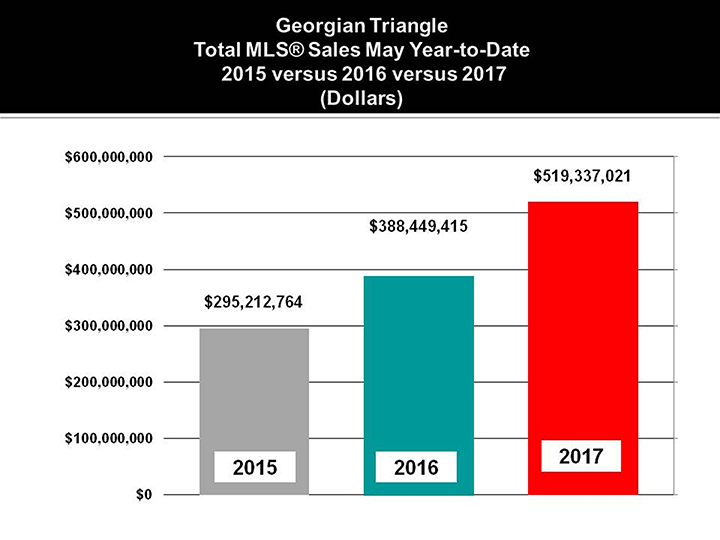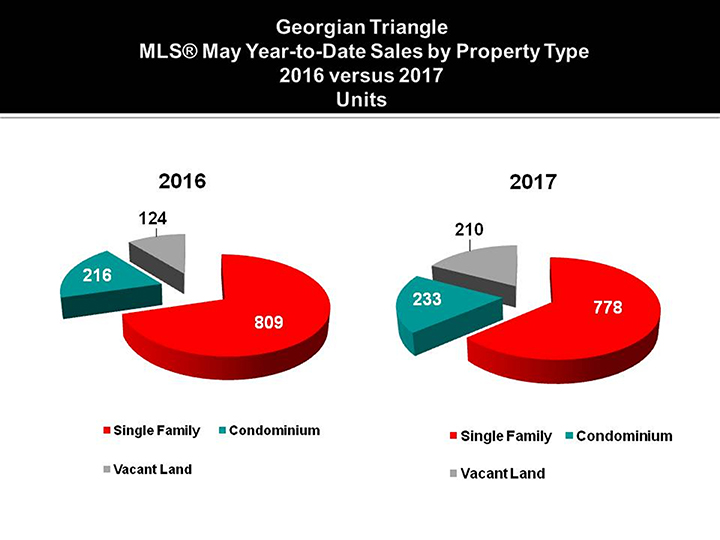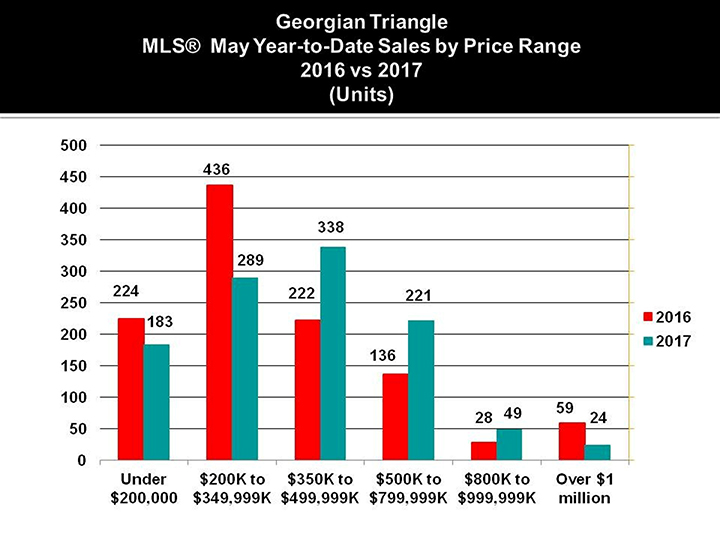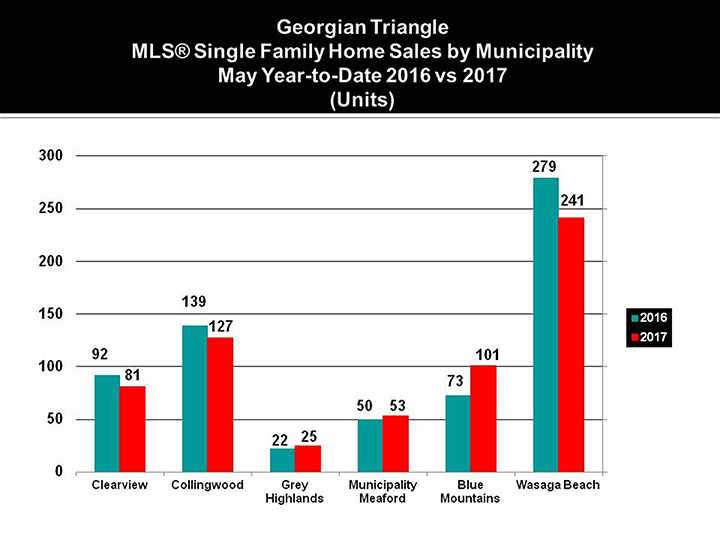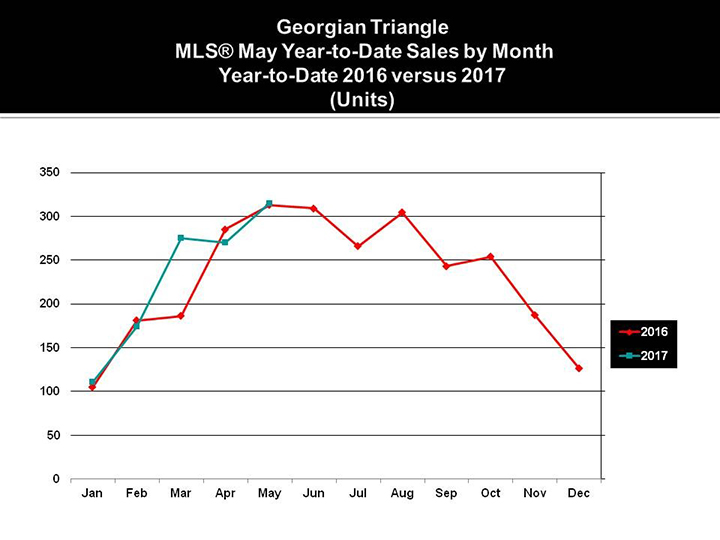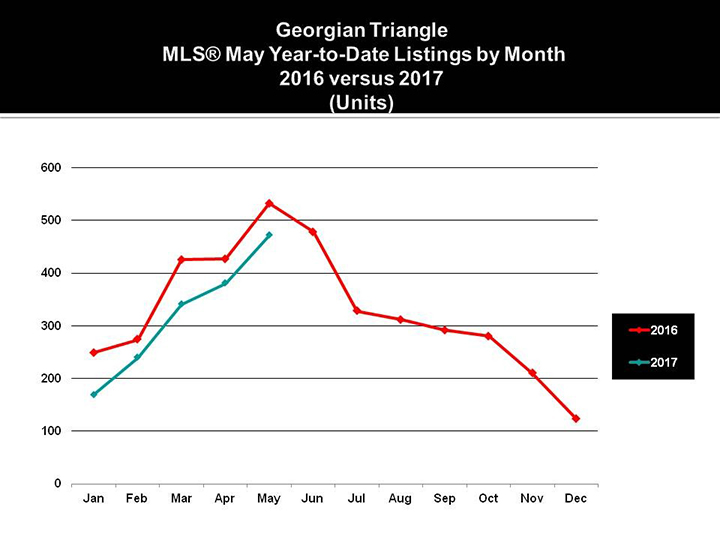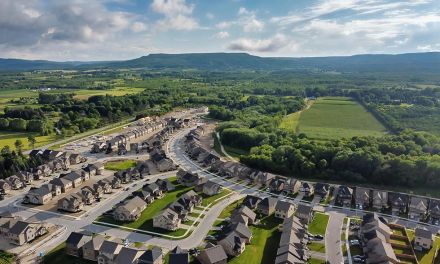
The cornerstone of real estate marketing for the last 100 years has been the visual image. Almost a century ago A.E. (Eddy) LePage revolutionized real estate marketing in Canada by putting a picture of a house in an ad in a newspaper. What seems now like such a mundane act, changed things forever. And oh, how we have advanced. From black and white to colour, from still image to video, from print to online, from untouched to augmented, from physical to virtual. We use this ever-changing standard not only to market the real estate we are trusted to sell, but also to sell ourselves.
I am a CBC radio fan, and one of my favorite programs is Terry O’Reilly’s Under the Influence. In a recent episode (available by podcast on CBC) he explored the world of real estate marketing. One of my favorite segments explored self promotion rather than promotion of the real estate. The videos that we as REALTORS® turn out are marvelous! Cover tunes of famous songs, rap videos, impassioned videos begging people to come to their open houses (“My open house will make you want to punch your own house in the face”) to cite just a few examples.
Hopefully though, most of our marketing efforts go into actually selling the house.
As a managing broker, I have seen every sort of picture and video used to market a home. I have seen images taken of the outside of a house from the inside of a car (with dirty windows if you can believe it) on a smart phone at low resolution. I have also seen fully curated and professionally produced video to sell a home. Some of the best examples of this I have seen are Australian.
Parts of Australia have a somewhat different methodology for selling real estate. Real estate auctions can be the norm in certain segments (mostly luxury) of certain marketplaces.
Commissions are somewhat lower in this space as the marketing is paid for, up front, by the Seller. I spoke to one colleague from Queensland who took a $43,000 marketing fee up front to help sell a home. The video he produced to market it was amazing! It looked like a hybrid between a beer commercial and an Arnold Schwarzenegger movie. Replete with scantily clad women, and gun toting SWAT teams in helicopters. The star of the video however was the house these gentlemen had been trusted to sell. A hostage tied to a chair in the lovely master suite while the swat team lands on the rooftop pool deck and takes the private elevator down to the luxury gourmet kitchen. It is really clever, but I am not sure that it would survive the Canadian sensibility, as it is pretty racy.
While the foregoing is an excellent example of entertainment in real estate marketing, the most important advancements have come from less exotic corners. In markets like ours, people don’t always have time to view a house when it gets listed and they could miss the opportunity to purchase. Certainly, in the market we have seen over the past year, you can understand how this might happen especially with out-of-town clients.
When a REALTOR® sees a house that they are pretty sure would suit a client to a tee, but the client doesn’t want to make a special trip up to see it in person without having a reasonable expectation that it is appropriate for their needs, the video can step in to save the day. Not necessarily the video professionally produced by the listing agent though. It has not been uncommon in the past year for a Buyer’s agent to book a “preview” showing and then get the client up on a Google Hangout or Facetime to tour the property.
This takes the form of a real-time tour where the client can ask questions, give feedback and get a functional understanding of the real estate without actually being there. If they think that the property in question may be “the one” the client may change their plans and make a special trip to see the house before the date or time scheduled for receiving offers. This was not a necessity a few years ago when inventory sat around a bit, but in today’s market, it may be critical to make that special trip before you miss out.
Listing agents are doing their level best to display the real estate in the most appropriate way for the buying consumer as well. I think it is fair to say that investment in images, still, moving and interactive has never been greater in my real estate career than it is right now. The options for the real estate professional and their clients are broad and growing.
Matterport is one of the leading 3D imaging systems for real estate marketing in the US. The “camera” (it is not really a camera…it is an imaging system) takes 3D images of every room and builds a virtual “dollhouse” of the property in question. Think Google Street View for the inside of a house. The viewer can navigate through rooms, look out windows and jump from room to room and floor to floor with the click of a mouse. While a great system, it is a data hog and can take a while to load and use on mobile. I view this as a bit of a restriction as well over 50% of my web traffic now comes from mobile devices.
Planitar Guide is a more “made in Canada” solution that is being used now all over the world. Like Matterport, it takes 3D HDR imagery of a property, but instead of a virtual walkthrough, it marries the imagery with a scaled floor plan to give the user broad perspective while navigating. This system actually uses laser technology to measure every nook and cranny. Want to know whether the couch will fit on that wall? You can measure it accurately right there on the screen. Pretty cool stuff!
Speaking of perspective, nothing can do so much to impart the feel of a home in relation to the land it sits on as well as aerial photography. When I started my career, I remember hiring a float plane and photographer at great expense to help me get aerial photographs of a cottage property I was selling. This spring, I saw a demo of the very latest in drone technology for real estate. The drone folds up into the size of a lady’s evening bag and can soar up to 1,000 feet and a kilometer away to grab stabilized images of a property. Unlike models from a couple of years ago where you had to affix a camera, this unit comes with a fully stabilized, gimble-mounted high-definition video and still camera affixed to its’ underside. It is GPS enabled to allow for stress-free hovering, and including batteries and all the gear, costs about half as much to buy as my float plane costs to charter for 2 hours.
And then we get into what you can do WITH the images we create. Everyone knows that you can photoshop a grey sky into a sunset for a better look. Now there are software and services that can take a digital image and change the paint colour on a wall, even swap out the furniture to make a room look better in a photo. Not necessarily to mislead anyone, but to show how it could look, or at least show it in its best light. Think of this as home staging for the digital age.
What’s next? I was at a technology conference in January where a couple futurists predicted that the way we view homes and real estate is about to change forever. The next step for showcasing homes they say is virtual reality. Instead of having to be actually in a home, you can see all the homes on your list from the comfort of your REALTOR’s® office. Think Avatar for real estate. Simply put on the virtual reality headgear and explore away. Not only that, in the near future, you can do this from the comfort of your own home. Sound far-fetched? Companies are already making virtual reality headgear out of cardboard that you can mount your smart phone to in order to reduce costs to make this a truly affordable offering.
So…is all of this awesome tech going to negate the necessity to see a house before you buy it? If you listen to some of these futurists, they certainly seem to think so. While I am a tech guy, and truly believe that these new systems will play a pivotal role in real estate marketing, I cannot believe that people will not need to see, feel and touch something as important as their home before they finally commit to buying it.
My detractors will say that people are making big purchases all the time now virtually, and this is completely true. I bought my last car online basically. I chose the colour, the options, and negotiated the price all without setting foot in a showroom.
I used websites and photos to help me make my decision. In the end, I settled on the make, model and style after driving an identical model that a friend of mine already owned. My only deal-breaker is that it couldn’t be the same colour as his (I ended up dropping that requirement by the way as that was the only colour I could get that had the options I wanted). They key here is that I used the imagery and web to help me narrow down my choices, and to get rid of some of the minutia of the buying experience. However, I never would have bought it sight-unseen. Does that make me old-fashioned? Maybe. But I submit to you that makes me the normal buyer for the foreseeable future.
You see, in real estate we know that people buy emotionally, and then justify their decision logically. Emotion is how it feels, not how it looks on a screen from 300km away. I find it highly likely that tech and the creative use of imagery and associated advances thereto will help to pare down the number of houses you will physically see in the home buying process as much of the legwork to eliminate inappropriate houses can be done virtually. However, as far as I am concerned, you still need to look and feel the place before committing. We all know that looking good on paper (or video) does not always translate to being the right “feel” in reality.
Area real estate sales reached a new high in 2016 when for the first time, MLS® sales across Southern Georgian Bay broke the $1 billion barrier setting the stage for record sales again in 2017. Attaining this however was seemingly in jeopardy stemming from the fact that new listings coming to market on the MLS® system of the Southern Georgian Bay Association of REALTORS® have been well below what is needed to satisfy the seemingly insatiable demand for area real estate. Despite the fact that new MLS® listings are down 16% to the end of May, MLS® dollar sales thus far in 2017 are running 34% ahead of 2016 with year-to-date sales to the end of May totalling $519.3 million. In essence, year-to-date sales are at 52% of last year and we are less than 42% into the year so another $1 billion plus year would appear to be in the offing.
The shortage of listing inventory is however impacting unit sales. MLS® unit sales to the end of May total 1,139 properties, an increase of 6% from one year ago when 1,070 sales were reported. The disparity between MLS® dollar sales being up 34% while MLS® unit sales are only up 6% stems from two reasons.
First, sales at the upper end of the market are running well ahead of 2016. Single family home sales between $500K and $800K are up 63% to the end of May with 221 sales reported compared to 136 in 2016. Sales between $800K and $1 million total 49 properties an increase of 75% over last year. Lastly, MLS® sales above the $1 million mark are up an astounding 146% to the end of May with 59 sales reported in 2017 versus just 24 sales in the first five months of last year. As one would expect, these significant increases in the sale of upper end properties are having a profound affect on driving MLS® dollar sales at a time when MLS® unit sales are increasing only marginally.
This increase in the upper price ranges of the market is also having an impact on the “average” single family home price in the area which is why changes in “average” prices can be so misleading. As of the end of May, the 12-month year-to-date average MLS® single family home price for our area has increased almost 35% in large part due to the substantial increases we are experiencing at the upper end of the market.
Another key issue driving the increase in MLS® dollar sales this year are the prices being paid across our region. Multiple offers, once somewhat of a rarity in this market have now become quite commonplace. When a listed property receives multiple offers, the final sale price is all but guaranteed to be in the neighbourhood of the listing price and, in many cases, higher. A small condo listed for sale earlier this year in Collingwood attracted 17 offers and sold for $202K versus the listed price of $169K. Similarly, a single-family home sold for $517,500, 29% over the $399,900 asking price. Typically, the average sale-to-list price ratio for properties sold through the local MLS® system has been about 95%. This has now increased to 97%+ stemming from the strong prices that sellers have been able to get in the current market.
Year-to-date sales across the region vary greatly from municipality to municipality. Total single-family home sales are actually down 4% overall to the end of May. Single family home sales in the Blue Mountains however are up 38% while in Grey Highlands, single family home sales are up a more modest 14%.
Meaford also showed a moderate increase of 6%. All other area municipalities are posting decreases in year-to-date single-family home sale activity. Sales in Collingwood are down 9%, single family home sales in Wasaga Beach are down 14% followed by Clearview Township with a 12% decrease in home sales year over year. Keep in mind these numbers do not reflect new home sales made by developers which typically do not go through the MLS® system. Many new home developments in the area are experiencing strong sales activity thus picking up the resale market slack where shortages in MLS® listings are leaving buyers no choice but to buy new.
Total MLS® condo sales are up a modest 8% year-to-date with 233 units sold compared to 216 last year. Meanwhile, MLS® vacant land sales have surged ahead 69% this year with 210 sales reported through the end of May compared to 124 one year ago. For many buyers in this area the ability to build exactly what they want is attractive but the lack of available housing listed for sale on the local MLS® system is obviously having some impact here as well.
As we head into the final seven months of 2017 we are already seeing a shift in the market. While the demand for area properties remains strong, the frequency of multiple offers with sale prices well over asking and the hyper activity that we have experienced in the first five months of 2017 appears to be waning. This may only be temporary but the real estate market in the Barrie area and the GTA is undergoing the same transition which in turn will impact market activity here. This may not be a bad thing leading to a more balanced and sustainable market long term. |E|

